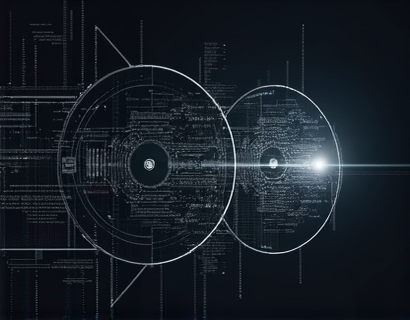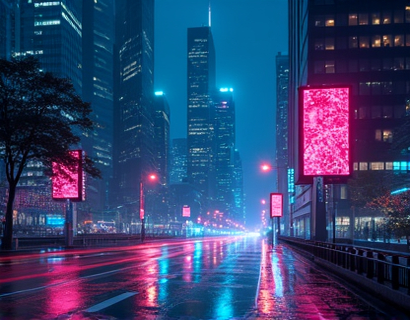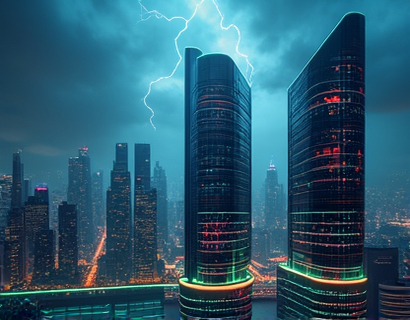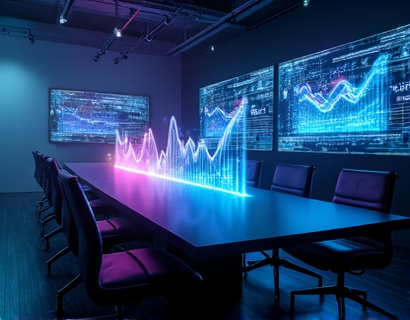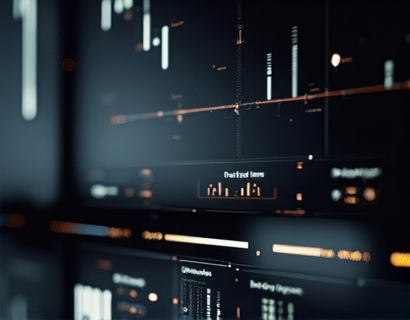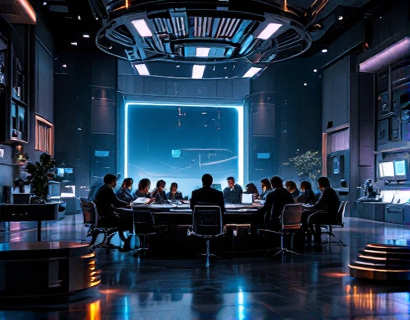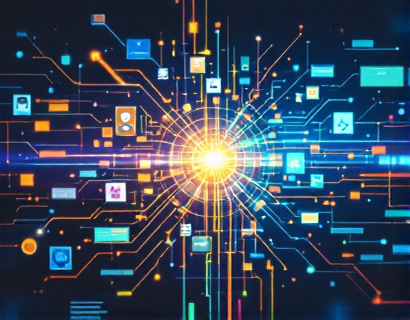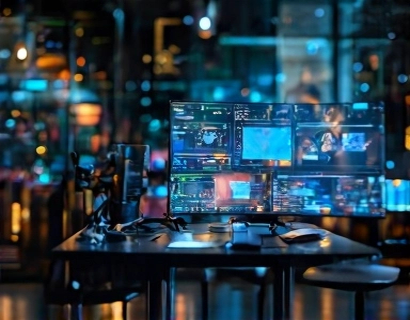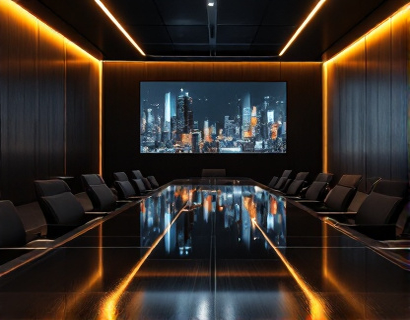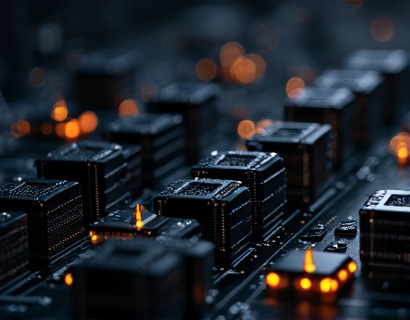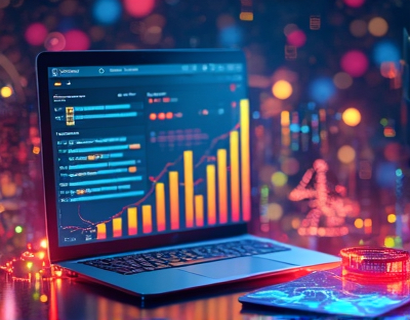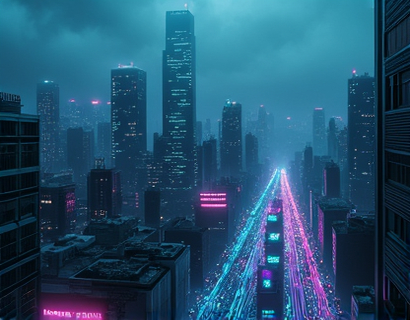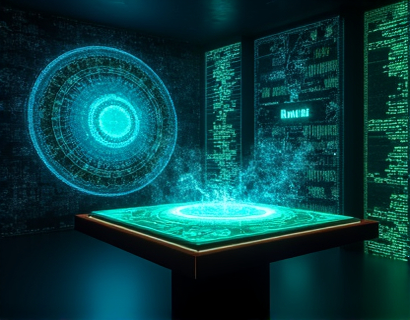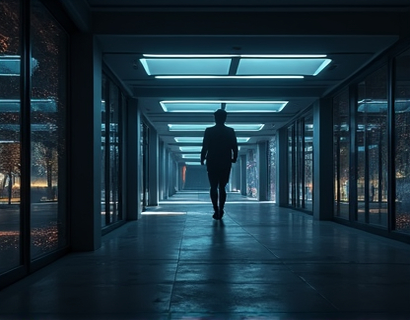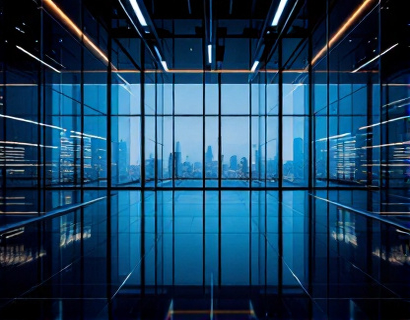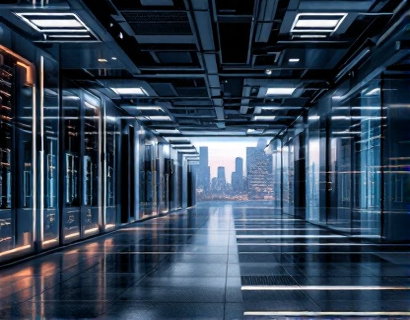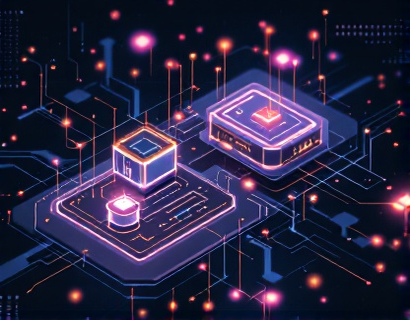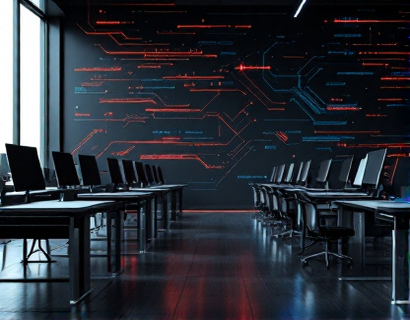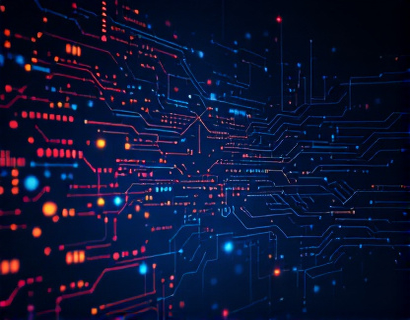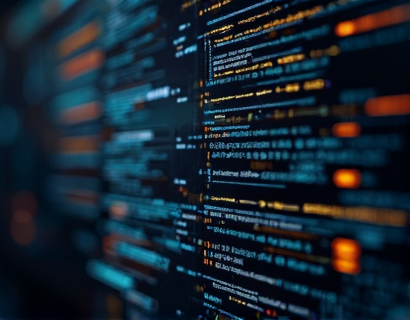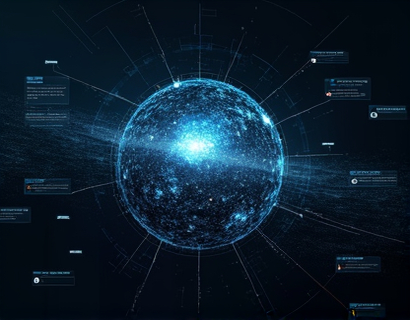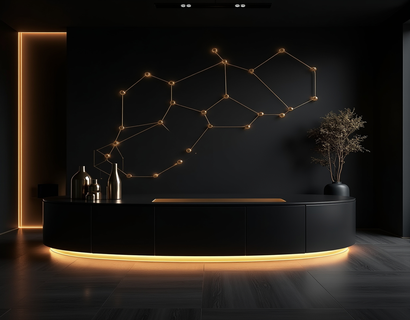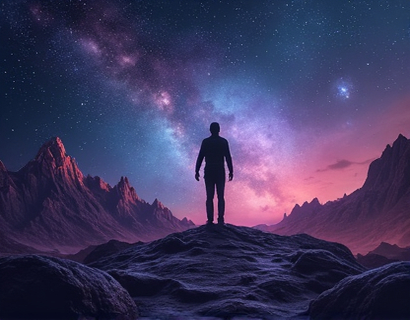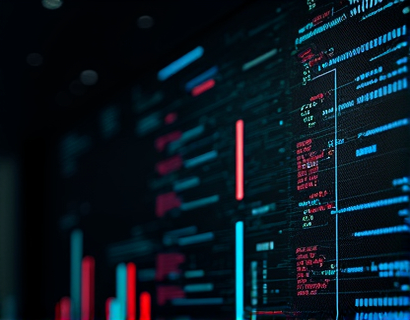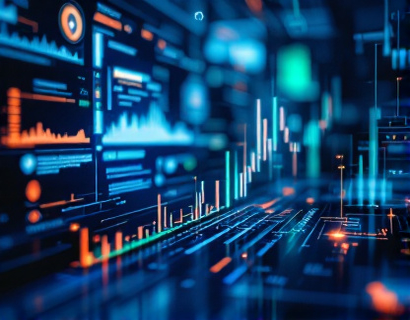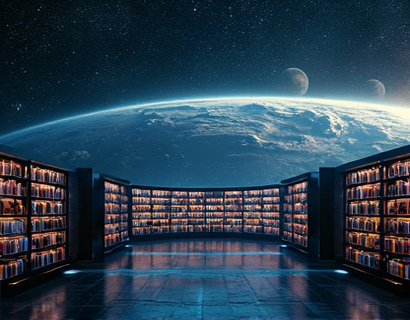Transforming Creative Projects with AI-Driven Graphic Creation
The landscape of graphic design is undergoing a significant transformation with the advent of AI-driven tools. These innovative platforms are redefining how creatives approach visual design, offering a blend of intelligence and simplicity that was previously unimaginable. By leveraging advanced algorithms and machine learning, these tools empower users to produce stunning visuals with minimal effort, making high-quality graphic design accessible to a broader audience.
Traditional graphic design has long been associated with complexity and a steep learning curve. Designers spent hours mastering software like Adobe Illustrator and Photoshop, learning intricate shortcuts and techniques to achieve professional results. However, this process often intimidated those without formal training or extensive experience. The introduction of AI-driven graphic creation tools changes this paradigm, providing an intuitive and user-friendly alternative that demystifies the design process.
These AI-powered platforms are designed to simplify the creation of eye-catching graphics, allowing users to focus on the creative aspects rather than the technical details. Whether you are a seasoned designer, a marketer looking to enhance your brand's visual identity, or a small business owner needing professional-quality images for your website or social media, these tools offer a seamless solution.
The core functionality of AI-driven graphic creation tools lies in their ability to understand and interpret user inputs, translating them into visually appealing designs. Users can describe their ideas in natural language, and the AI algorithm generates corresponding graphics. This process involves several key steps, from initial concept to final output, each optimized for efficiency and quality.
One of the most significant advantages of these tools is their speed and efficiency. Gone are the days of spending hours perfecting each element of a design. With AI-driven creation, users can generate multiple design options in a matter of minutes. This rapid prototyping capability is particularly beneficial for marketers and small business owners who need to produce a high volume of visual content quickly and cost-effectively.
Moreover, these tools are incredibly versatile. They can create a wide range of graphic elements, including logos, social media posts, banners, infographics, and more. The AI algorithms are trained on vast datasets of design principles and trends, ensuring that the generated graphics are not only aesthetically pleasing but also aligned with current design standards.
For content creators, the ability to produce high-quality visuals without extensive design knowledge is a game-changer. Bloggers, vloggers, and podcasters can enhance their content with professional-looking graphics, making their work more engaging and shareable. This democratization of design tools levels the playing field, allowing individuals with limited resources to compete with larger entities in terms of visual presentation.
Another critical aspect of AI-driven graphic creation is its adaptability. These tools can learn from user preferences and previous designs, refining their outputs to better match individual styles over time. This personalized approach ensures that each project reflects the unique voice and vision of the creator, fostering a deeper connection with the audience.
The integration of AI in graphic creation also opens up new possibilities for collaboration and innovation. Designers can experiment with AI-generated elements as starting points, building upon them to create something entirely new. This hybrid approach combines the creativity of human designers with the efficiency of AI, resulting in innovative and compelling visual content.
From an educational standpoint, AI-driven graphic creation tools serve as valuable learning resources. Beginners can use these platforms to understand the fundamentals of design, experimenting with different layouts, colors, and typography without the pressure of achieving perfection. This hands-on learning experience can be a stepping stone to more advanced design skills.
For educators, these tools can be incorporated into curricula to teach design principles in a more interactive and engaging way. Students can explore the creative process and see immediate results of their ideas, fostering a deeper understanding of design concepts. Non-profit organizations can also benefit from these tools, using them to create impactful visual materials for their campaigns and fundraising efforts.
In the realm of social media, the importance of visual content cannot be overstated. Platforms like Instagram, Facebook, and Twitter prioritize posts with high visual appeal, as they tend to receive more engagement. AI-driven graphic creation tools enable users to produce eye-catching images and videos that stand out in a crowded feed. This capability is particularly valuable for brands and individuals looking to build and maintain a strong online presence.
Furthermore, the environmental impact of traditional design methods can be significant, given the resource-intensive nature of design software and hardware. AI-driven tools reduce this footprint by optimizing the design process, using less computational power and generating less electronic waste. This sustainability aspect aligns with the growing demand for eco-friendly practices in the creative industry.
In terms of accessibility, AI-driven graphic creation tools are designed to be user-friendly, with intuitive interfaces that guide users through the design process. Many of these platforms offer tutorials and tips to help newcomers get started, making the learning curve as gentle as possible. This accessibility ensures that creative potential is not limited by technical expertise or financial constraints.
The business case for adopting AI-driven graphic creation is compelling. For small businesses and startups, the ability to produce professional-quality visuals without a large design budget can be a decisive factor in market success. These tools can help establish a strong brand identity and consistent visual messaging, crucial elements for building customer trust and loyalty.
Marketing professionals can leverage these tools to create targeted and dynamic content that resonates with specific audience segments. A/B testing becomes more efficient, as multiple design variations can be generated quickly, allowing for data-driven decisions on the most effective visual strategies.
In conclusion, AI-driven graphic creation tools are revolutionizing the way creatives approach visual design. By combining the power of artificial intelligence with user-friendly interfaces, these platforms make high-quality graphic design accessible to everyone. Whether you are a professional designer, a marketer, or a hobbyist, these tools offer a powerful way to bring your ideas to life with stunning visuals, enhancing your projects and elevating your brand.



